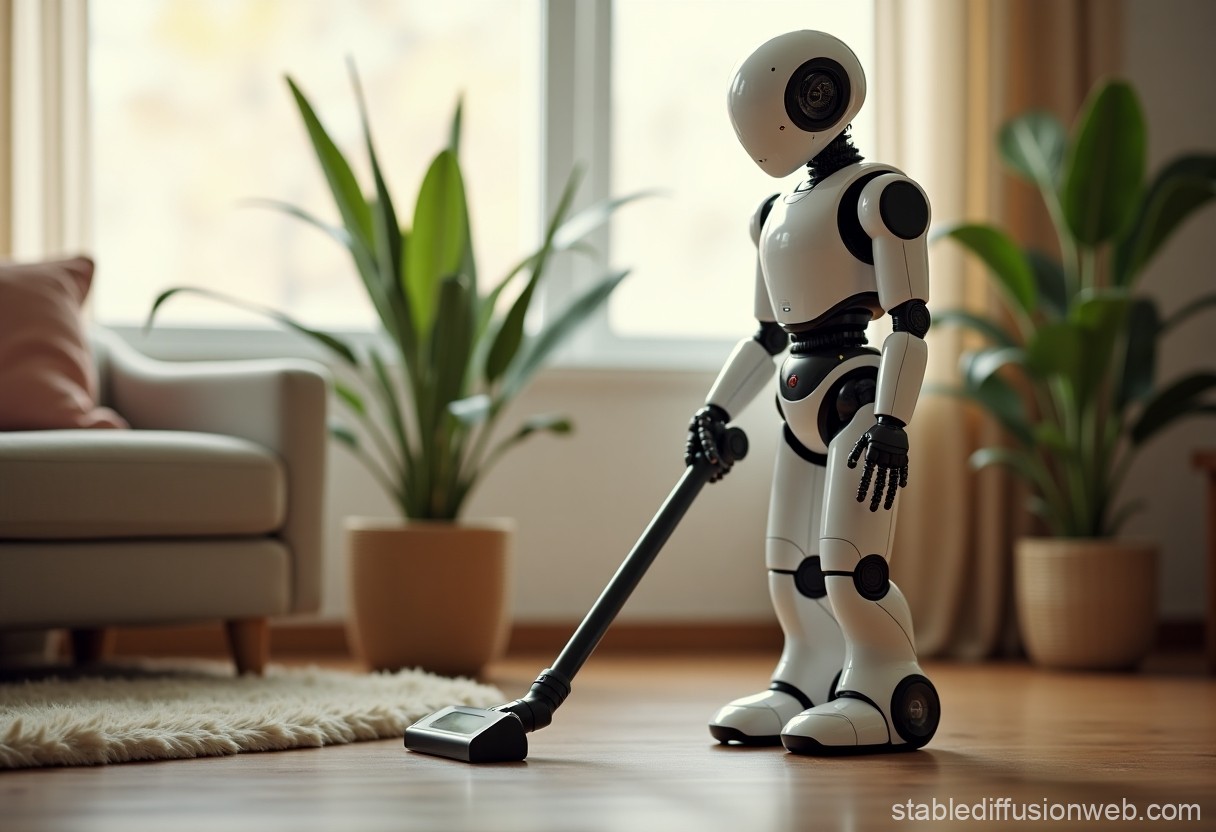Norwegian robotics company 1X is gearing up to conduct initial real-world trials of its humanoid robot, Neo Gamma, in hundreds to potentially thousands of homes by the end of 2025, according to CEO Bernt Børnich.
“Neo Gamma will be entering homes this year,” Børnich revealed during an interview with TechCrunch at Nvidia GTC 2025. “We are inviting early adopters to participate in the development of this system. To make it truly useful, we need it to live and learn in real home environments.”
The demand for humanoid home robots has surged in recent months, with multiple tech firms investing heavily in the space. Bay Area-based competitor Figure also announced in February that it plans to begin in-home testing of its humanoid robots in 2025. Shortly after, Bloomberg reported that Figure was in talks to secure a staggering $1.5 billion in funding at a $40 billion valuation. Even OpenAI—one of 1X’s backers—is rumored to be exploring humanoid robotics development.
However, deploying sophisticated robots into private residences presents significant challenges. Much like the rollout of autonomous vehicles, one misstep could have serious consequences.
Despite the excitement, Børnich acknowledges that Neo Gamma is still far from full autonomy and large-scale deployment.
Currently, the robot uses AI for walking and balance but lacks fully autonomous movement. To bridge this gap during testing, 1X is utilizing remote teleoperators—human supervisors who monitor the robot’s sensors and cameras in real time, stepping in to control its limbs when needed. This phase will help gather invaluable real-world data to enhance the robot’s AI models.
Although OpenAI is an investor, Børnich emphasizes that 1X primarily develops its AI models internally, occasionally co-training with partners such as Nvidia and OpenAI.
Naturally, privacy concerns arise when a robot equipped with cameras and microphones is placed inside people’s homes. Addressing these issues, a 1X spokesperson clarified that users will have control over when company employees can access Neo Gamma’s surroundings, whether for teleoperation or auditing purposes.
Neo Gamma, first unveiled in February, marks 1X’s first attempt to test a bipedal robot outside the lab. Compared to its predecessor, Neo Beta, this new iteration features a more advanced onboard AI and a protective nylon bodysuit designed to minimize potential injuries from human interaction.
During a demonstration at Nvidia GTC, Neo Gamma successfully performed simple household tasks like vacuuming, watering plants, and navigating a living room without colliding with obstacles. However, the presentation wasn’t without hiccups—the robot momentarily lost stability and collapsed, which 1X attributed to poor Wi-Fi connectivity and a drained battery.
Details about 1X’s early adopter program remain unclear, and the company has yet to unveil a concrete go-to-market strategy. While a waitlist is available on its website, significant questions remain about how Neo Gamma will function in homes without continuous teleoperation. A company spokesperson promised more details in the near future.
While a select group of users may experience an early version of Neo Gamma in their homes this year, fully autonomous humanoid robots ready for mainstream consumer purchase are still years away.


